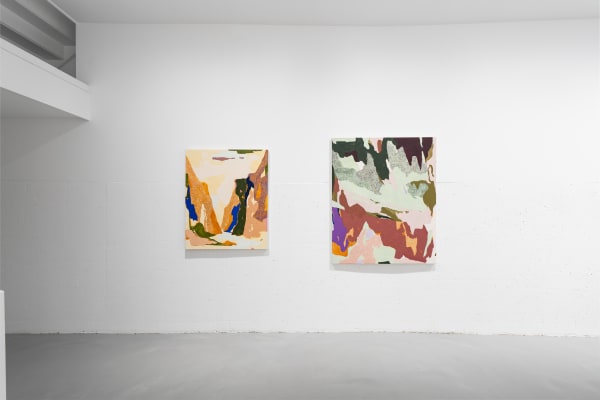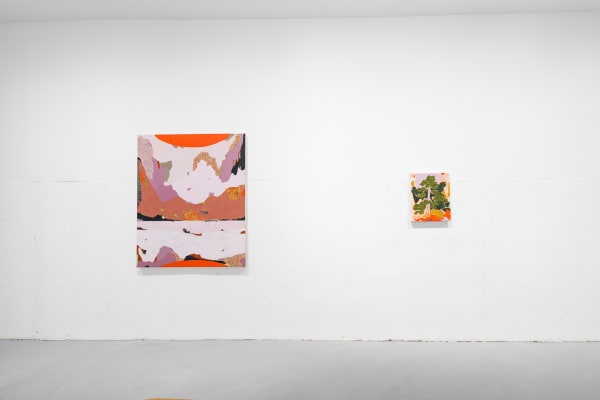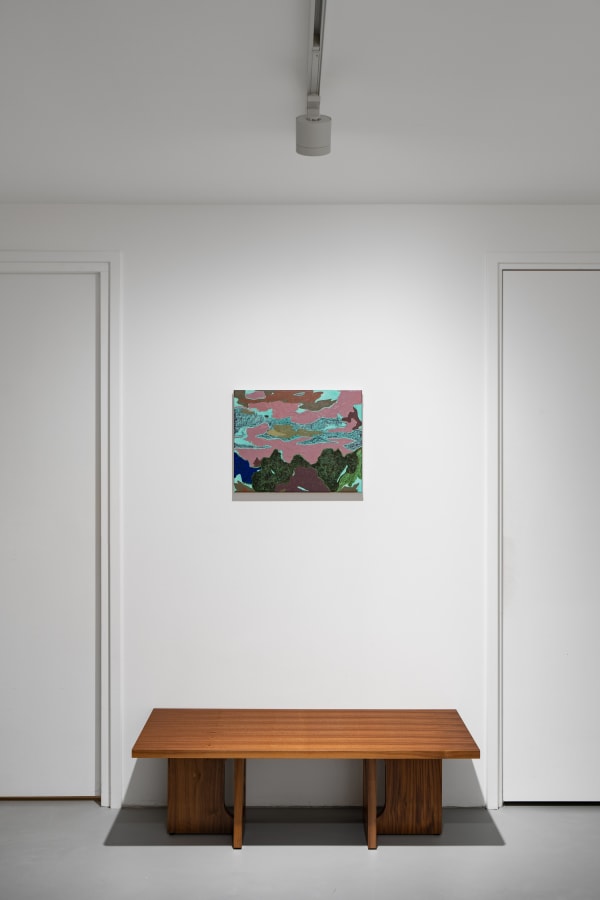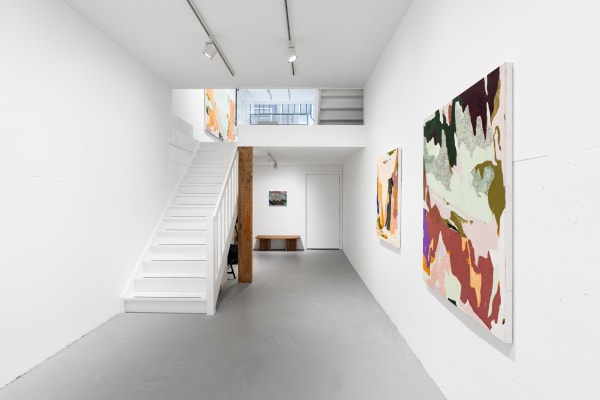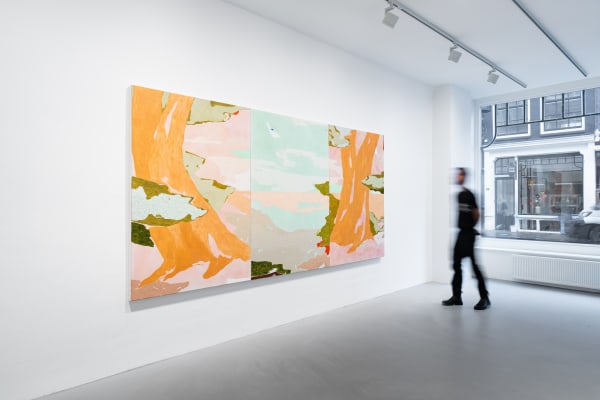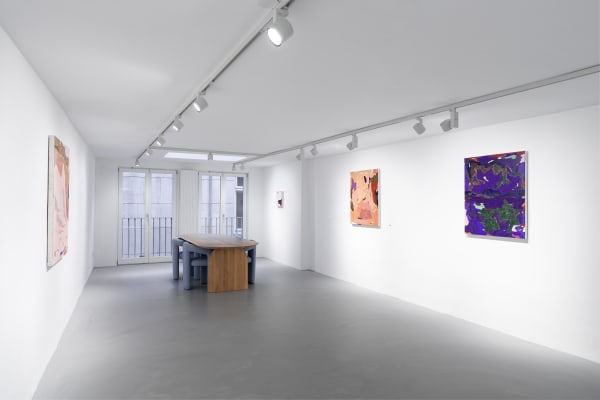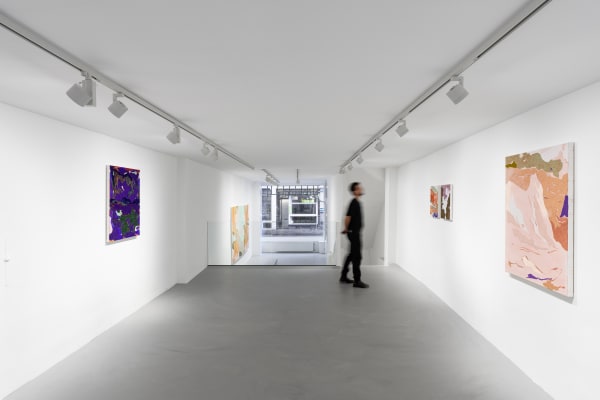Luminous Floating: Raffael Bader
Bader utilises this interaction to reflect on his place in the world—how it evolves, how desires and needs vary, and how the human experience navigates the tension between permanence and impermanence.
This new body of work reflects a leap further into Bader's study of light, its fleeting properties, and its relationship to nature and human perception. The exhibition title indicates the series' central theme: how light "hovers" and "floats" through space and time, touching everything without prejudice while modifying how it is seen. The concept of floating implies a weightless, suspended condition, which reflects the delicate and elusive character of light in Bader's work.
In this exhibition, light carries a literal and symbolic meaning. It shines and infuses every surface, scene, and memory, leading viewers through landscapes that alternate between tangible and ambiguous. Some of Bader's paintings, inspired by his month-long stay in the Scottish Lowlands, are deeply rooted in the region's natural environment. During his stay, Bader immersed himself in the estate's wildlife, plants, and running streams, letting the mystical characteristics of the location permeate his work. These concrete motifs are infused with light, but Bader lowers their sharpness, allowing the enchanting ambience to blur the line between the physical and the otherworldly.
However, the artist moves beyond the actual terrain, with some pieces relying on bits of recollection rather than direct observation. In these paintings, light is a vessel for memory's transient and fragmentary nature in these paintings. Bader utilises this interaction to reflect on his place in the world—how it evolves, how desires and needs vary, and how the human experience navigates the tension between permanence and impermanence. Bader uses this to explore broader themes regarding humanity's relationship with nature and the artificial barriers that separate them. In his paintings, light is used as a symbol for transcending these divisions, implying the potential of a more integrated and harmonious perspective of humanity as a part of nature.



